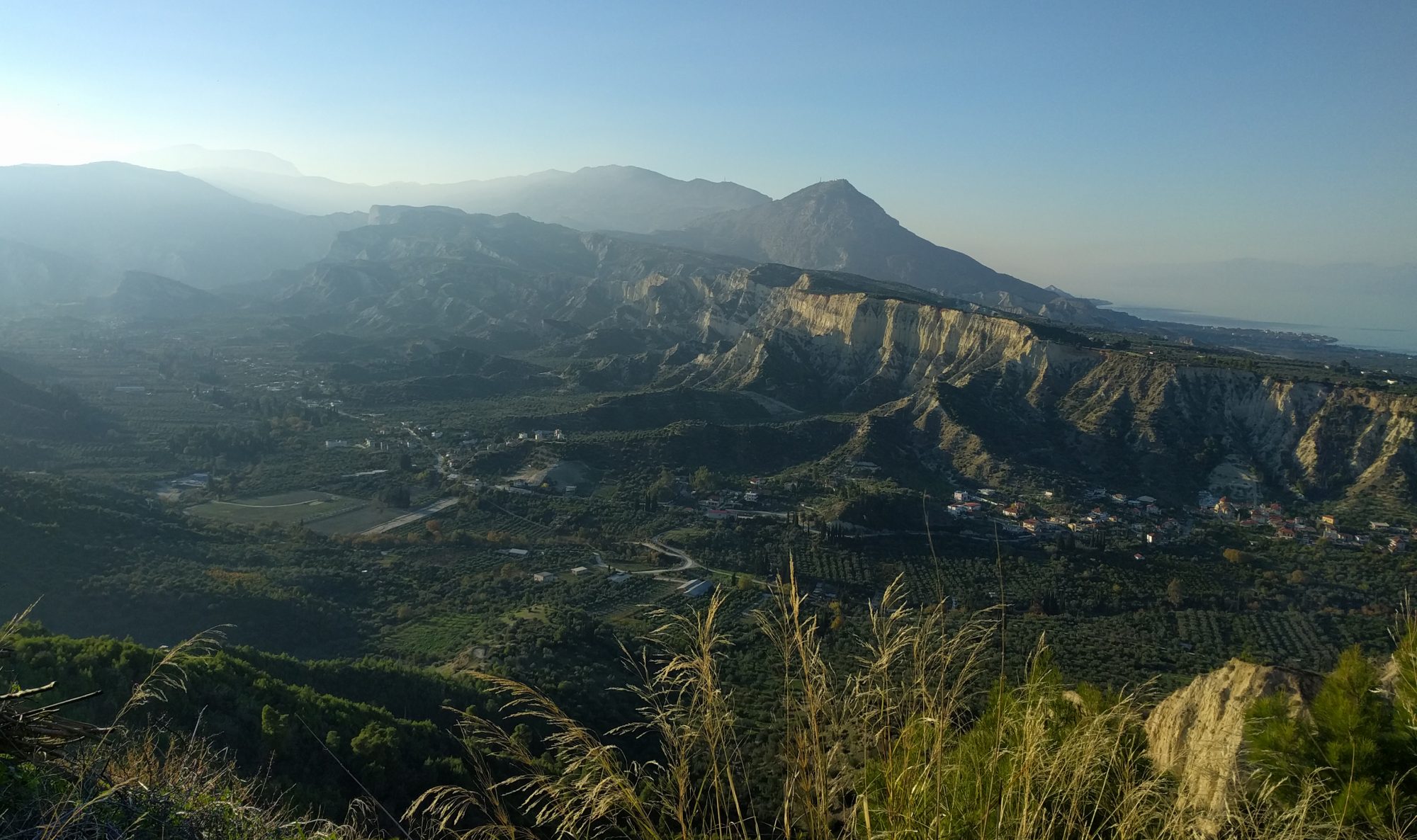Emilie Ringe, Professor of Nanomaterials, has held a dual appointment between the Departments of Earth Sciences and Materials Science & Metallurgy since 2017. Emilie reflects on her research at the intersection of two disciplines with Erin Martin-Jones.
What is so special about nanoscale?
I’m fascinated by the nanometre-scale beauty and order of the natural world, and how that extreme detail can inspire the products we design and manufacture. In my lab we use light and electron microscopy to see deep into the microstructure of natural and human made materials — right down to how individual atoms are ordered.
On the nanoscale, materials can have a whole range of weird and wonderful properties. For example, if you change the size of a particle it can appear a different colour because the number of atoms alters the available energy levels which absorb light.
What work are you most known for?
I’m probably most proud of, and recognised for, my work on plasmonic nanoparticles. These miniscule metallic nanoparticles interact with light strongly. That quality means they act almost like beacons for light, absorbing and scattering energy which can be harnessed to power chemical reactions, or heat which can kill cancerous cells.
Usually nanoparticles are made of rare metals like gold or silver, but in 2017 we started to explore how readily-available magnesium could be used instead.This advance opened up a new field of study with new applications, previously limited by the cost of rare metals. Taking inspiration from natural materials, and looking for interesting properties and behaviours in earth-abundant phases, is at the heart of what I do.

Did you always want to be a scientist?
I’m French Canadian, brought up in Montréal. I’ve always loved science, but when I was young I didn’t have being a scientist mapped out as a career. I was the first in my family to go to University and initially I think I thought I’d be a science teacher—I really didn’t have any idea of career options.
I’m not sure I ever envisioned ending up in Cambridge either! I first moved to Cambridge for a research fellowship at Trinity Hall over ten years ago. That experience developed not just my scientific skills but also my social network. I met my husband, like many people in Cambridge, through college dinners!
After my fellowship I moved to the US, to Rice University, where I set up an electron microscopy and spectroscopy lab. But the attraction of Cambridge remained with me, and five years later I moved back to join Earth Sciences, Materials Sciences, and Gonville and Caius.
Earth science was new to you when you started your lectureship?
The earth science aspect of my position is a real plus for me. There is so much synergy between earth and materials science. We ask similar questions and use similar tools, and yet expertise doesn’t tend to be shared. After interviewing for the joint position here I was buzzing, having had so many interesting conversations with earth scientists. I knew there was huge potential for new collaborations and experiments.
Another major attraction was that I’d have access to an inexhaustible source of geological samples! I’ve worked with Marian Holness on olivine microstructures and crystal aggregates. We also work with Rich Harrison, making 3D reconstructions of magnetite and other nanoparticles, which have interesting magnetic properties as well as being tracers of particulate air pollution.
What else has been new to you?
Having trained as a physical chemist I’d never been on a fieldtrip before coming to Cambridge. Joining the Arran trip has been a wonderful way to apply my knowledge, and now when I help out on the trip I try to incorporate aspects of spectroscopy and microanalysis into discussions with students about mineralogy. My teaching and supervising is evenly split between the two Departments: in Earth Sciences, I teach Part II Mineralogy and a Part III option. I even have labs in both Departments.
Can you give us a glimpse into your labs?
Over in Materials Science we make materials, whereas in Earth Sciences we characterise them. We’ve got multiple lasers for Raman Spectroscopy and powerful transmission electron microscopes to image at atomic scale. Our workhorse optical microscope is a kind of Frankenstein instrument: we’ve adapted it to do about ten different things, such as measure polarisation, fluorescence and scattering, day in day out.
You’ve also designed teaching resources for people with visual impairments
Science isn’t just visual, even though it is often taught in that format. When I was a grad student I started guide running to support blind and partially sighted people. Once I had a research group, I saw an opportunity to develop teaching kits to make science more accessible. We’ve a series of multi-sensory activities, often involving tactile elements that cover a range of topics — from basic concepts like semi-conductors to, more recently, sonar, earthquakes and magnetism. Some of these activities have been showcased at the Sedgwick Museum and we’re hoping to expand to other museums in Cambridge.


